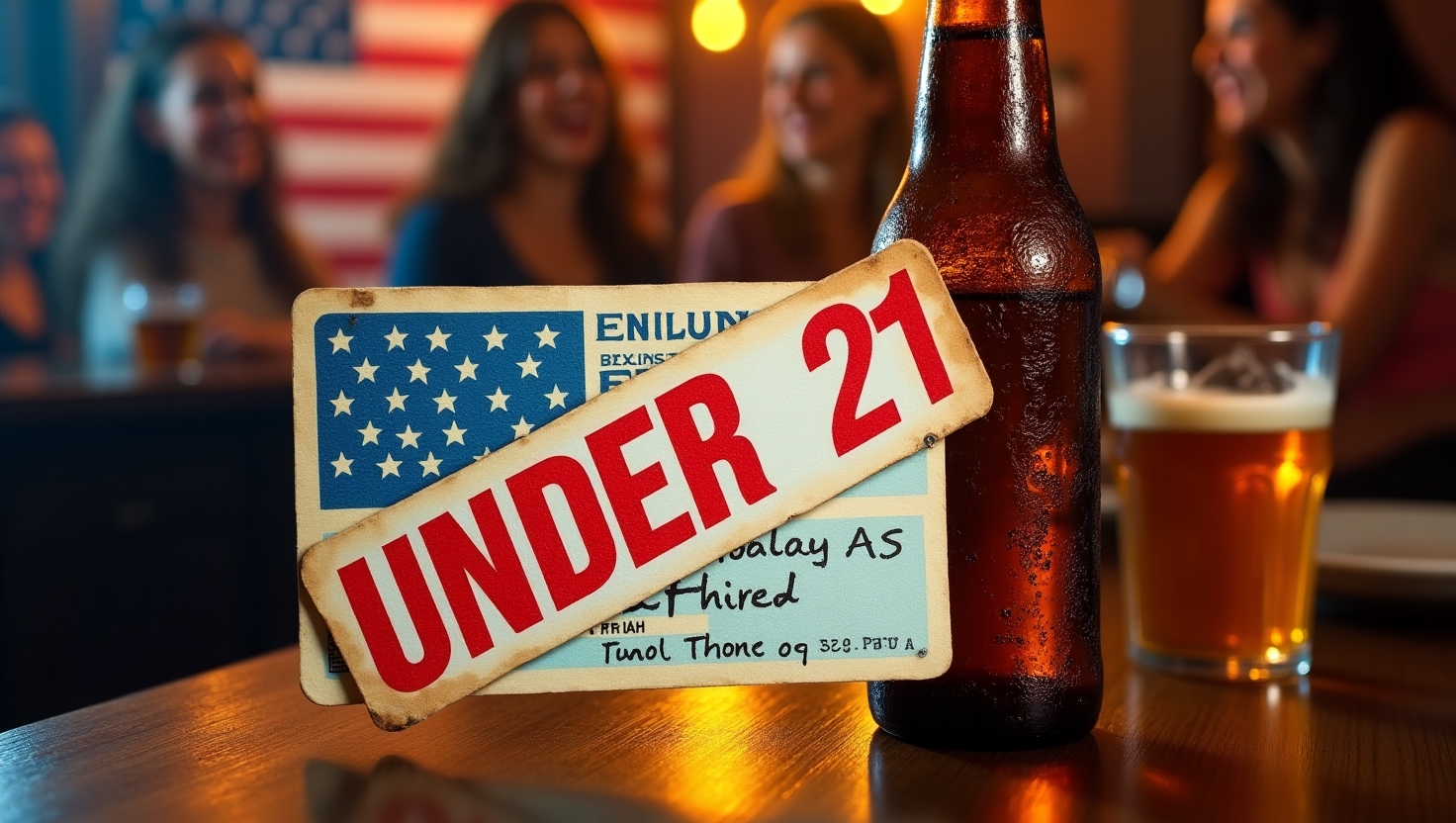If you’ve ever wondered why the legal drinking age in the U.S. is 21—and not 18 like many other countries—you’re not alone. The age limit seems arbitrary to some, but there’s a complex history, a bit of science, and a lot of politics behind that number.
In this guide, we’ll explore why 21 became the national drinking age, how individual states handle it, and what it means for young adults today.
The History Behind the Age 21 Law
The legal drinking age in the United States has not always been 21. In fact, after the repeal of Prohibition in 1933, most states set their minimum legal drinking age (MLDA) at 21. However, that changed in the 1970s.
The 18-Year-Old Movement
When the voting age was lowered from 21 to 18 with the 26th Amendment in 1971, many states followed suit and lowered their drinking age to match.
But this change came with unintended consequences.
Drunk Driving Epidemic
Throughout the 1970s and early ’80s, states with lower drinking ages saw a noticeable increase in alcohol-related traffic fatalities, especially among teenagers and young adults. This led to public outcry and advocacy.
Enter the National Minimum Drinking Age Act (1984)
In 1984, Congress passed the National Minimum Drinking Age Act, which effectively forced all states to raise the drinking age to 21 or risk losing 10% of their federal highway funding. Every state eventually complied.
Why 21? Is There a Scientific Reason?
There is scientific support for the age of 21 being safer than younger ages. Research shows that the brain continues developing well into the early 20s—particularly the prefrontal cortex, which governs decision-making and impulse control.
Alcohol can interfere with this development, increasing the risk of addiction, memory issues, and impaired judgment. The age of 21 strikes a balance between reducing risks and recognizing adult autonomy.
State-by-State Differences
Although 21 is the federal standard, states still have some leeway in how they enforce and interpret the law. For instance:
- Underage drinking exceptions: Some states allow underage drinking in private residences with parental consent.
- Religious ceremonies: In many places, minors can legally consume alcohol as part of religious practices.
- Educational tastings: Culinary students in states like New York and California can taste alcohol for learning purposes.
Each state has nuances, so it’s important to check local laws if you fall near the age threshold.
Enforcement and Penalties
Violating the MLDA laws can come with serious consequences:
- Fines and community service
- License suspension
- Court-ordered alcohol education programs
- Criminal records (in some cases)
Retailers and bars can also face heavy fines or license revocations for serving underage patrons.
College Culture and Alcohol
College campuses are often hotbeds for underage drinking. Despite the law, many students under 21 still consume alcohol, sometimes dangerously so.
This has led to programs like:
- Campus alcohol education workshops
- Good Samaritan policies (to encourage reporting overdoses)
- Zero-tolerance rules at sporting events and dormitories
Some argue that lowering the drinking age would promote responsible drinking. Others say it would only increase access and abuse.
How the U.S. Compares Globally
Here’s how the U.S. stacks up against other countries:
| Country | Legal Drinking Age |
|---|---|
| United Kingdom | 18 (16 with meal) |
| Germany | 16 (beer/wine), 18 (spirits) |
| Canada | 18 or 19 (province-based) |
| Japan | 20 |
| Australia | 18 |
In many parts of Europe, alcohol is introduced earlier but often in more controlled environments, like family meals.
Arguments For and Against Lowering the Drinking Age
Arguments in favor of lowering it:
- Reduces “forbidden fruit” mentality
- Could allow legal, safer spaces for drinking
- May improve cultural attitudes toward responsible consumption
Arguments against lowering it:
- Risks increase in traffic accidents
- Could lead to greater rates of alcohol abuse among teens
- Would create enforcement challenges
Final Thoughts
The legal drinking age in the U.S. is a product of historical trends, public health data, and political compromise. While some believe the law should evolve, others point to the decrease in traffic fatalities and addiction rates since it was implemented as reasons to keep it in place.
Understanding the “why” behind the age 21 law can help young adults make informed decisions—and avoid legal trouble. Whether you agree with the law or not, knowing the rules is the first step toward drinking responsibly.
Cheers—responsibly!


